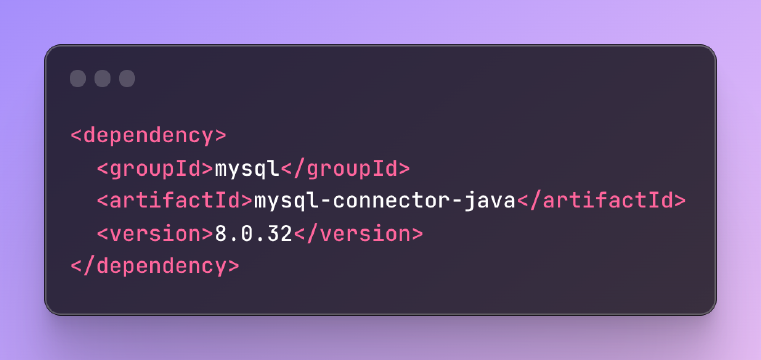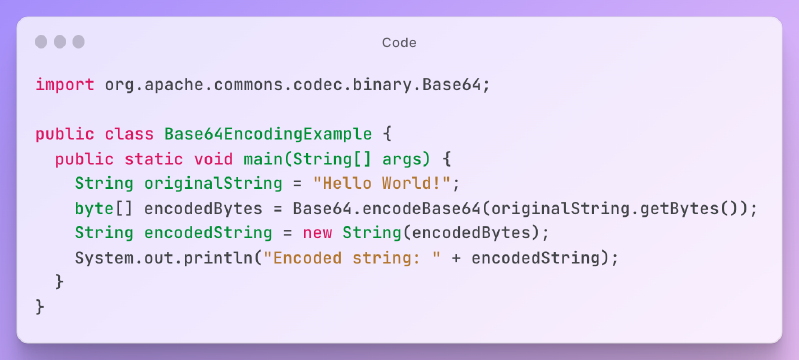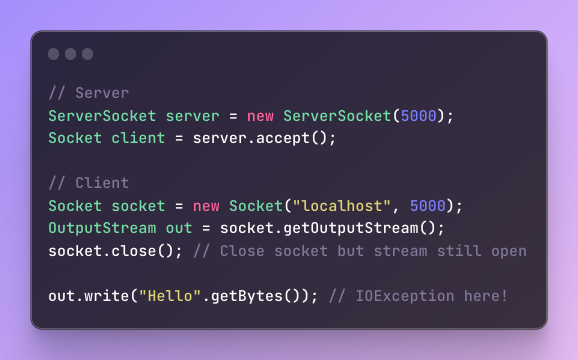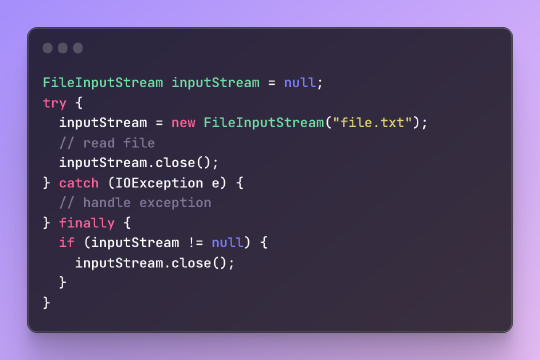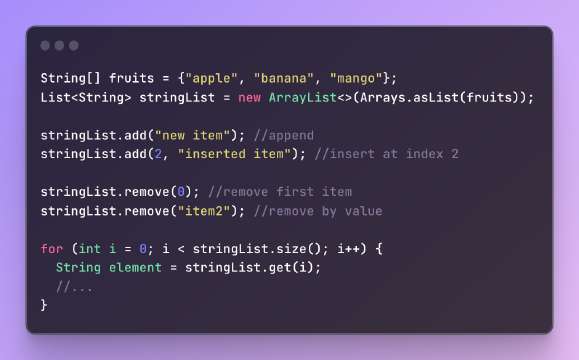Excerpt§
Some of the most widely used Java coding standards come from Oracle’s official conventions, Google’s Java Style Guide, and Clean Code principles for naming, formatting, documentation and more.
Clean, consistent code makes Java applications easier to maintain, extend, and debug. That’s why adopting standard coding conventions is so important for any Java project. In this post we’ll cover some of the most widely used Java style guidelines and best practices.
Introduction§
Coding standards and conventions refer to a set of rules and guidelines for programming in a particular language. They dictate things like naming, formatting, program structure, comments and documentation etc.
Following consistent conventions for these aspects makes Java code more readable and understandable for any developer working on the code. This maintainability and collaboration is why standards are so critical for Java projects with multiple developers and long lifespans.
Naming Conventions§
Some of the core coding conventions in Java involve naming rules. The official Oracle Java standards provide naming conventions for packages, classes, methods, variables and more.
For example, packages should be in lowercase like java.util. Classes should use PascalCase like LinkedList. Variables and methods should be in camelCase like accountNumber or getBalance().
Online string case conversion tools can help demonstrate transforms:
1// Snake Case to Pascal Case
2stringToPascalCase('customer_name') -> CustomerName
3
4// Camel Case to Snake Case
5stringToSnakeCase('accountNumber') -> account_number
textThese naming rules make Java code more standardized and readable.
Provide you with a free online verification tool, come and use it
Formatting Standards§
Formatting standards cover indentation, spacing, and structure conventions like:
- 4 space indents, no tabs
- Spaces after commas, around operators like
= - Braces
{on same line as control statements - 120 character line length limit
For example, formatting a string to uppercase or lowercase:
1// Lowercase to Uppercase
2stringToUppercase('format java code') -> 'FORMAT JAVA CODE'
3
4// Uppercase to Lowercase
5stringToLowercase('USE SPACING AND INDENTS') -> 'use spacing and indents'
textAdhering to formatting standards ensures source files have a consistent, easy to read appearance.
Provide you with a free online verification tool, come and use it
Google Java Style Guide§
Google has one of the most well-known and widely adopted Java style guides. Many of Google’s rules follow the official Oracle standards. But the guide expands on formatting, naming, and language feature conventions.
Some important Google Java conventions include:
- 4 space indents (no tabs)
- Camel case for types, methods, variables
- Pascal case for classes
- No underscores in names
- Field names with a
mprefix - Limiting variable scope whenever possible
- Adding comments for complex sections of code
Following the comprehensive guidelines in the Google Java Style Guide helps produce clean Java codebases.
Clean Code Standards§
“Clean code” is a methodology for writing understandable, maintainable software. While originating outside the Java world, many of its principles align with Java best practices.
Some key Clean Code guidelines that relate to Java include:
- Use descriptive method and variable names like
calculateAverage()rather than abbreviations - Break code into smaller methods and classes focused on single responsibilities
- Eliminate duplicate code through abstraction and functions
- Document intent and rationales using comments
- Format code for maximum readability
Writing clean Java code makes it more readable for future programmers working with the software.
Enforcing Standards§
There are various tools available to help enforce coding standard rules in Java:
- Checkstyle - Checks for style violations and naming conventions
- PMD - Finds bad coding practices like unused variables
- FindBugs - Detects potential bugs and optimizations
- SonarQube - Code quality platform that integrates many tools
These can be integrated into IDEs like Eclipse and build tools like Maven to run automatically. This helps identify issues early before they create problems.
Adopting Standards§
Some tips for adopting coding standards on a Java project include:
- Creating a style guide document for reference
- Configuring IDE formatting rules
- Using code quality tools in builds
- Performing peer code reviews
- Providing auto-formatting setup
- Refactoring legacy code over time
This helps the team build a culture and processes centered on writing consistent, quality code following standard conventions.
Conclusion§
Key coding standards for Java include rules for naming, formatting, documentation, and programming best practices. Some of the most widely used standards come from Oracle’s official conventions, Google’s Java Style Guide, and Clean Code principles. Automated tools can check for conformance to standards.
Adopting and following established Java coding standards makes code more readable, maintainable and less error-prone. They allow large projects to scale and teams to collaborate efficiently. Consistency with standards should be a best practice for any Java developer.

